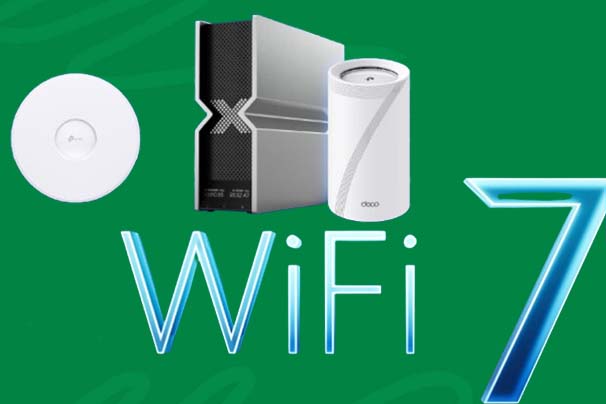What is Wi-Fi 7? In recent times, many people have just upgraded to Wi-Fi 6E, while the successor to these standards has already arrived. Wi-Fi 7, just like its predecessors, can manage more connections, lower latency, and faster connections. Although this support is still very scarce, it is a really good one if you consider switching.

However, this means devices like routers, phones, laptops, and phones are now qualified for the latest stamp of approval. The Wi-Fi 7 has been anticipated by many people since 2019 when the 6 was still new. Just as you need, you will need a Wi-Fi 7 router and device to take advantage of the benefits this wireless internet has to offer.
What is Wi-Fi 7?
The Wi-Fi 7, also known as IEEE 802.11be, represents a significant leap beyond Wi-Fi 6 and 6E. And it potentially delivers speeds up to four times faster. With advancements aimed at enhancing capacity, reducing latency, and improving overall stability and efficiency, The Wi-Fi 7 promises notable improvements.
Following the naming convention of its predecessors, where Wi-Fi 6 was IEEE 802.11ax and Wi-Fi 5 was IEEE 802.11ac, it maintains backward compatibility. However, to fully enjoy the new features and enhanced performance it promises, upgrading your devices is necessary. This involves investing in new routers and access points, as well as updating your smartphones, TVs, laptops, and other smart, compatible devices.
Features
How is this 7th generation better than the WI-FI 6E, which is running up to 1.5 GB/s? Well, the answer is that it manages its speed thanks to its amazing features, such as:
- MU-MIMO Enhancement
- Improved Latency
- 4K Quadrature Amplitude Modulation (QAM)
- Increased channel bandwidth
- Multi-Link Operation
- Multi-resource units.
This network operates on the same 2.4GHz, 5GHz, and 6GHz bands. So it is compatible with the previous standards.
How Fast is it?
Currently, in theory, Wi-Fi technology can achieve speeds of up to 5.8 GHz, and it is designed to eventually reach a maximum throughput of 30 GHz. This is over three times faster than the top speed of Wi-Fi 6, which is 9.6 GB/s. However, it is very important to remember that the speed of a network is limited by its slowest component. So, if you’re dealing with a 6 megabit per second (Mbps) DSL internet connection, your internet speed will be capped at 6 Mbps.
What Benefit Does Wi-Fi 7 have?
Just like I have mentioned above, it is faster, supports more connections, and maintains very reliable low-latency performance. These benefits will help you deliver good-quality video and cloud gaming. They serve VR and AR applications that require low latency and high throughput. It also tackles interference and congestion and brings amazing benefits to accessing neighboring networks that overlap or have densely packed devices.
What is the Equipment Needed to Use Wi-Fi 7?
Two devices are needed to enjoy the above benefits: a device and a router to connect to it. Since the certification process just started recently, there are not many devices on this network. Fortunately for us, it is fully backward compatible, so you will need only devices with a 7 router or phones with a 6 router.
Will Wi-Fi 7 make my smart home reliable?
Over the past few years, smart home technology has gotten better, but some devices can be nonresponsive or sluggish in a busy wireless area. There are various features available in its specification that may help you with these scenarios.
When will Wi-Fi 7 be available?
You can purchase the routers now because there are dozens of them available. However, you should not rush to get one at the moment, as only a handful of devices can support this standard. The Alliance predicts that in 2024, millions of WiFi 7 devices will enter the market. And will grow to over 2 billion devices by the year. So, it is advisable not to replace your router immediately.
So should I purchase a Wi-Fi router now?
Just like I mentioned above, you should wait for now. The spec is not complete yet and only a few devices are supporting it. So, you may not see the benefits from it The specification is not yet complete, and only a few devices support it. r months or even years. It is advisable to calm down until the specification is finalized and the Alliance begins to certify the routers. Until then, the routers are likely very expensive, and the devices supporting their features are too few to make them worth the price.
